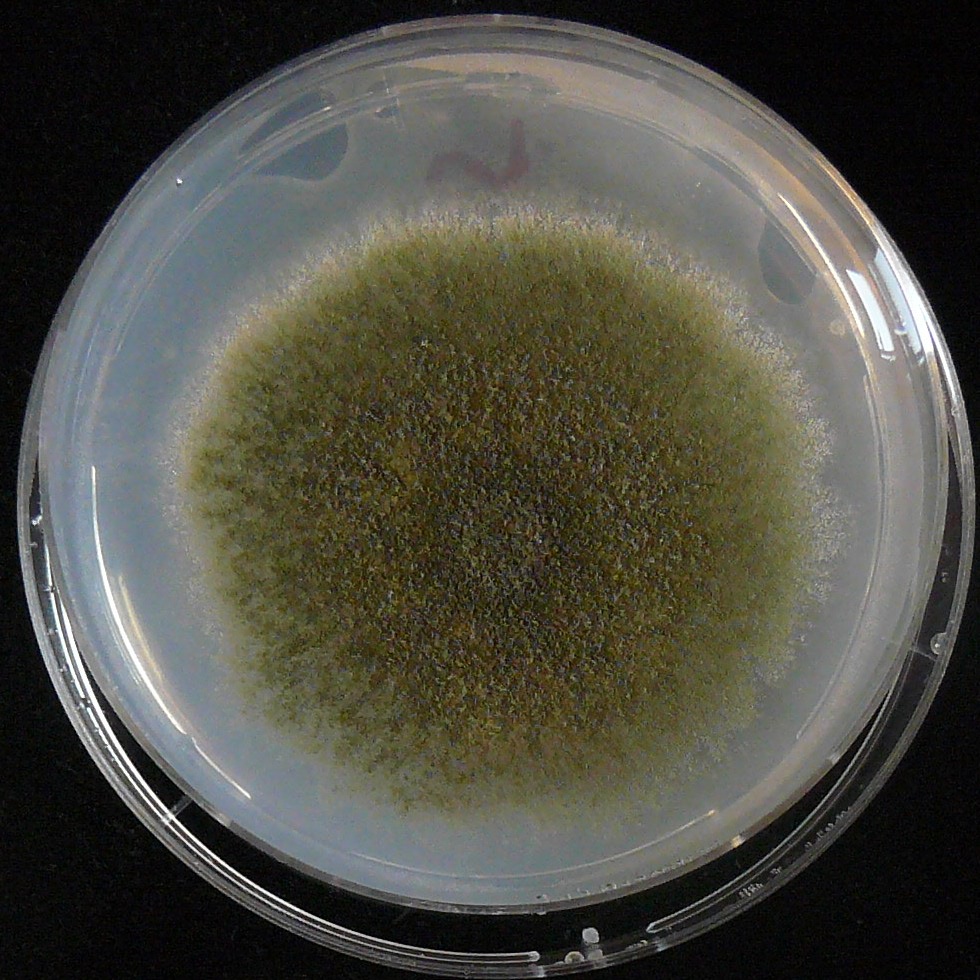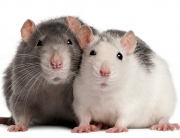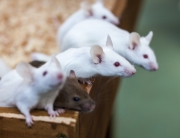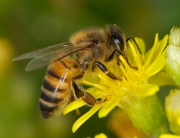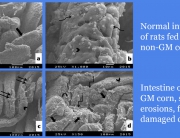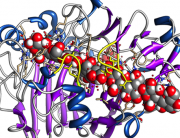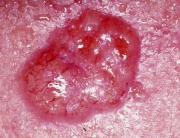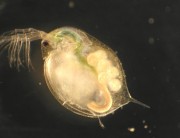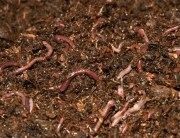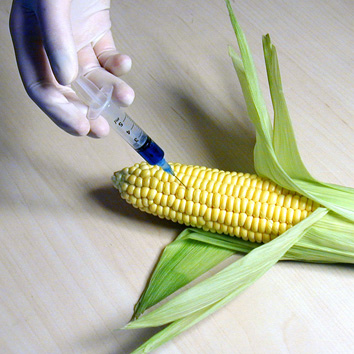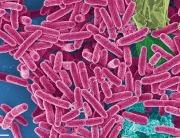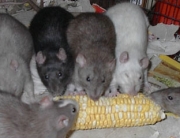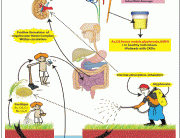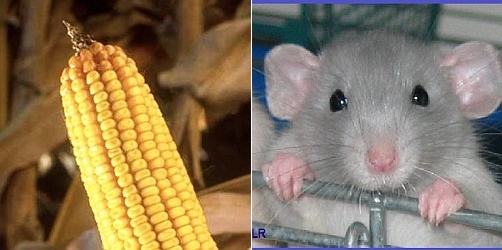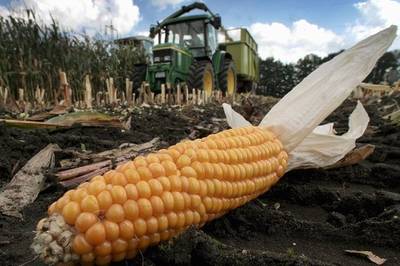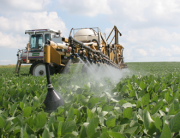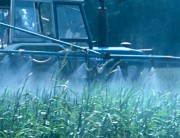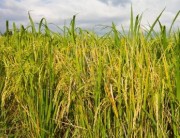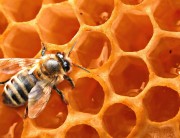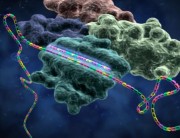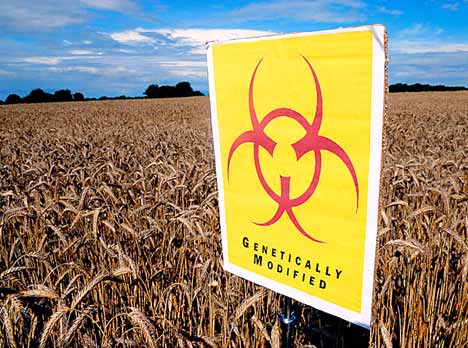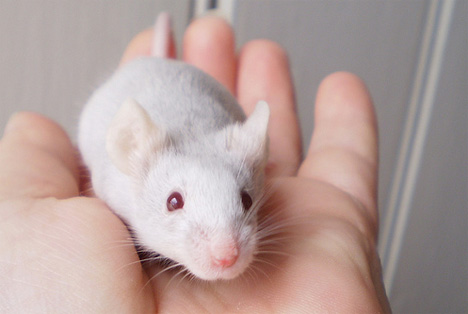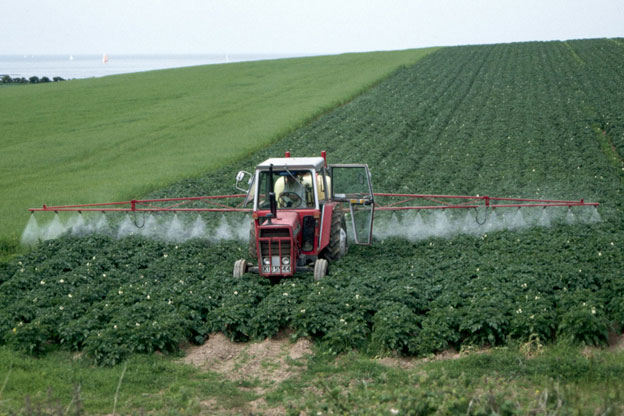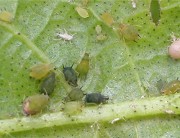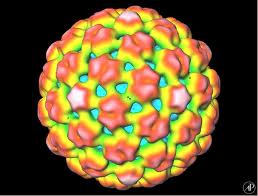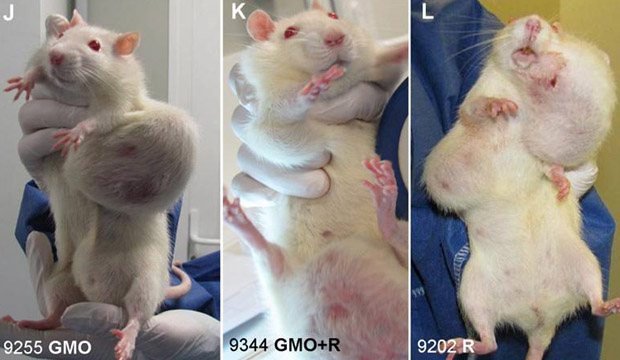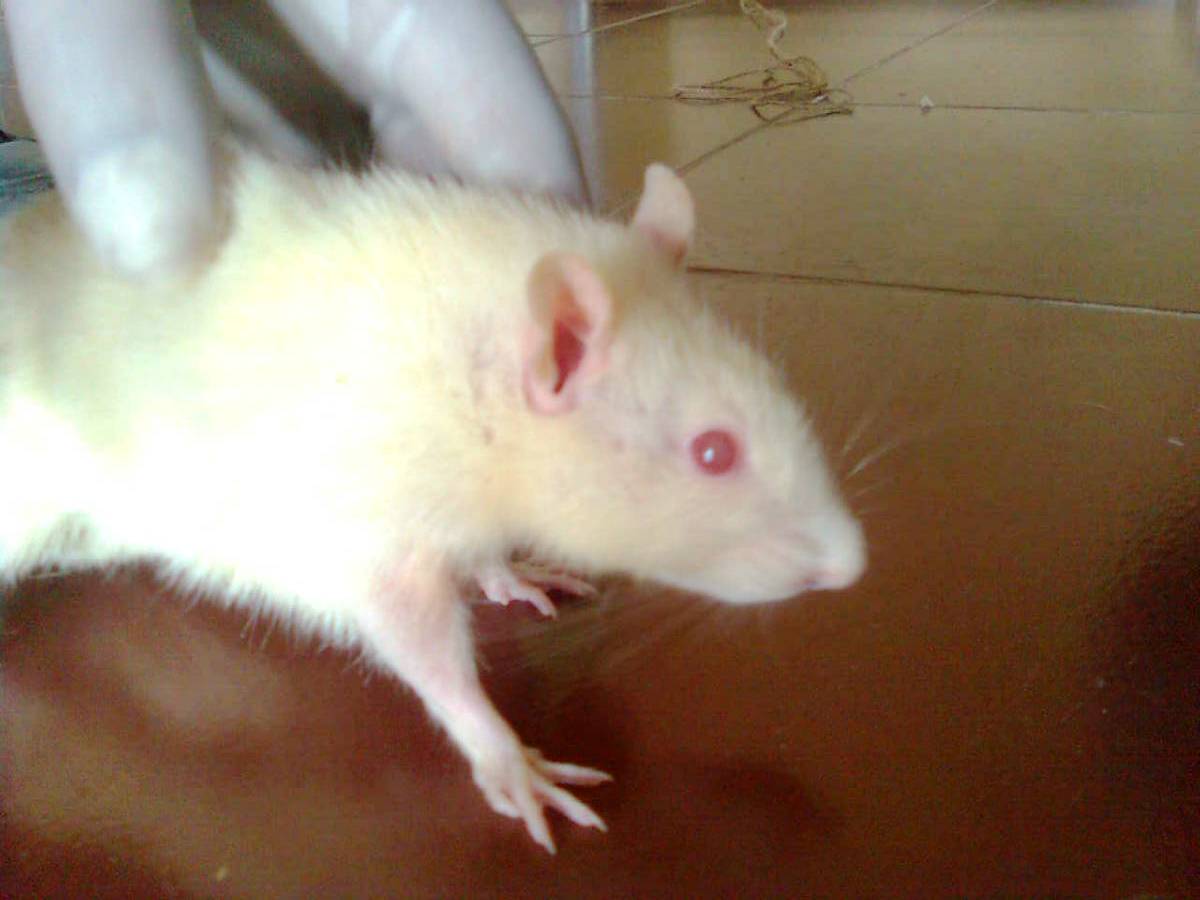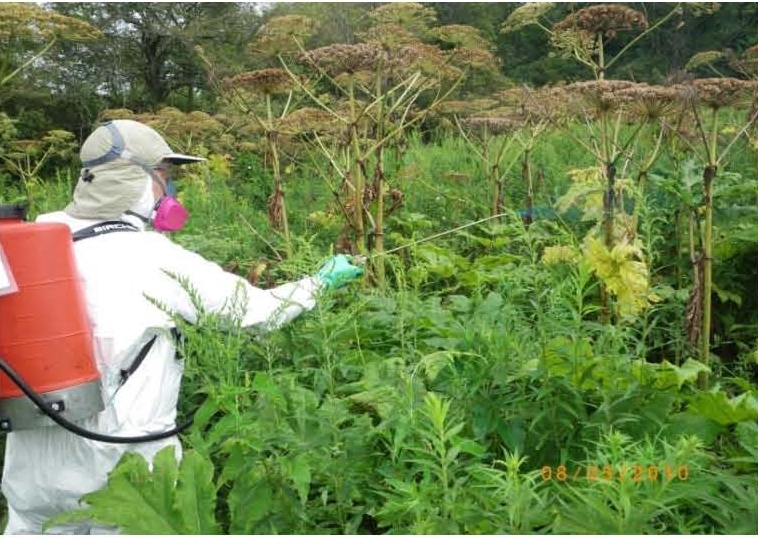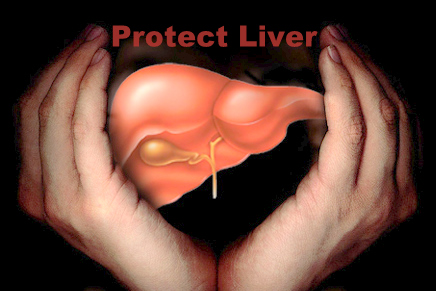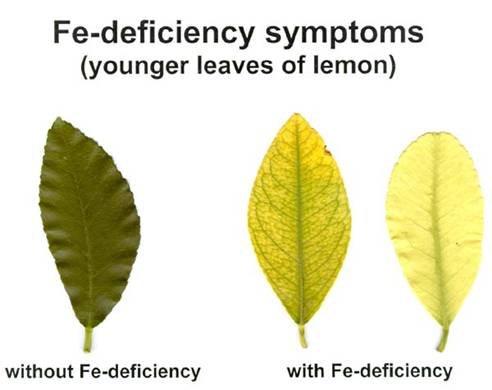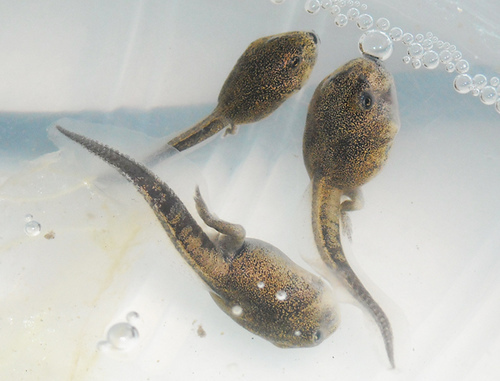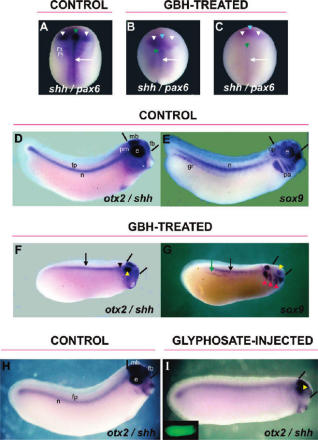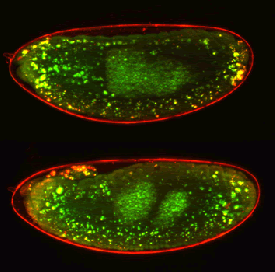Roundup is toxic to a soil fungus at doses well below recommended agricultural dilutions, according to a new scientific study published in the journal Environmental Science and Pollution Research.
Multiple effects of a commercial Roundup® formulation on the soil filamentous fungus Aspergillus nidulansat low doses: evidence of an unexpected impact on energetic metabolism
Full paper: http://link.springer.com/
Authors: Valérie Nicolas, Nathalie Oestreicher, Christian Vélot
Abstract:
Soil microorganisms are highly exposed to glyphosate-based herbicides (GBH), especially to Roundup® which is widely used worldwide. However, studies on the effects of GBH formulations on specific non-rhizosphere soil microbial species are scarce. We evaluated the toxicity of a commercial formulation of Roundup® (R450), containing 450 g/L of glyphosate (GLY), on the soil filamentous fungus Aspergillus nidulans, an experimental model microorganism. The median lethal dose (LD50) on solid media was between 90 and 112 mg/L GLY (among adjuvants, which are also included in the Roundup® formulation), which corresponds to a dilution percentage about 100 times lower than that used in agriculture. The LOAEL and NOAEL (lowest- and no-observed-adverse-effect levels) associated to morphology and growth were 33.75 and 31.5 mg/L GLY among adjuvants, respectively. The formulation R450 proved to be much more active than technical GLY. At the LD50and lower concentrations, R450 impaired growth, cellular polarity, endocytosis, and mitochondria (average number, total volume and metabolism). In contrast with the depletion of mitochondrial activities reported in animal studies, R450 caused a stimulation of mitochondrial enzyme activities, thus revealing a different mode of action of Roundup® on energetic metabolism. These mitochondrial disruptions were also evident at a low dose corresponding to the NOAEL for macroscopic parameters, indicating that these mitochondrial biomarkers are more sensitive than those for growth and morphological ones. Altogether, our data indicate that GBH toxic effects on soil filamentous fungi, and thus potential impairment of soil ecosystems, may occur at doses far below recommended agricultural application rate.





